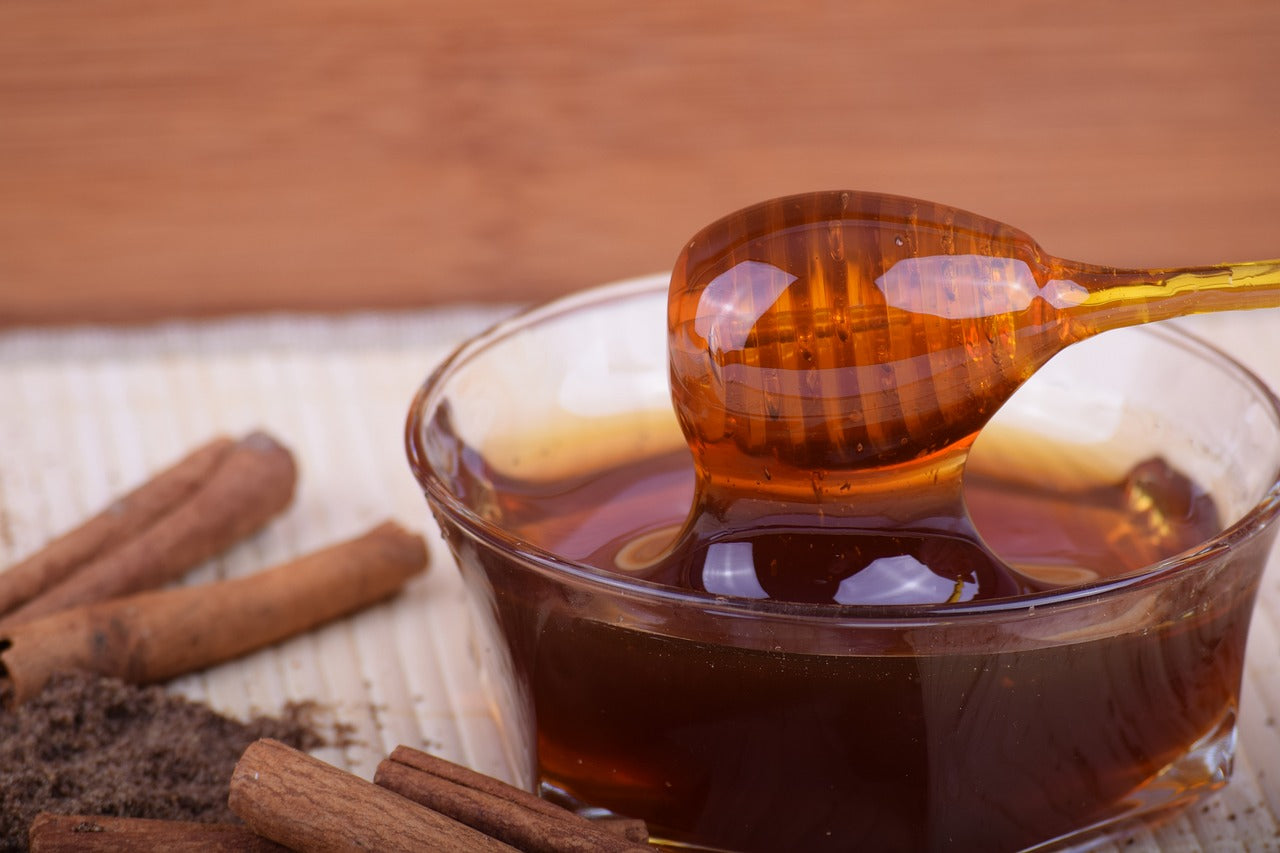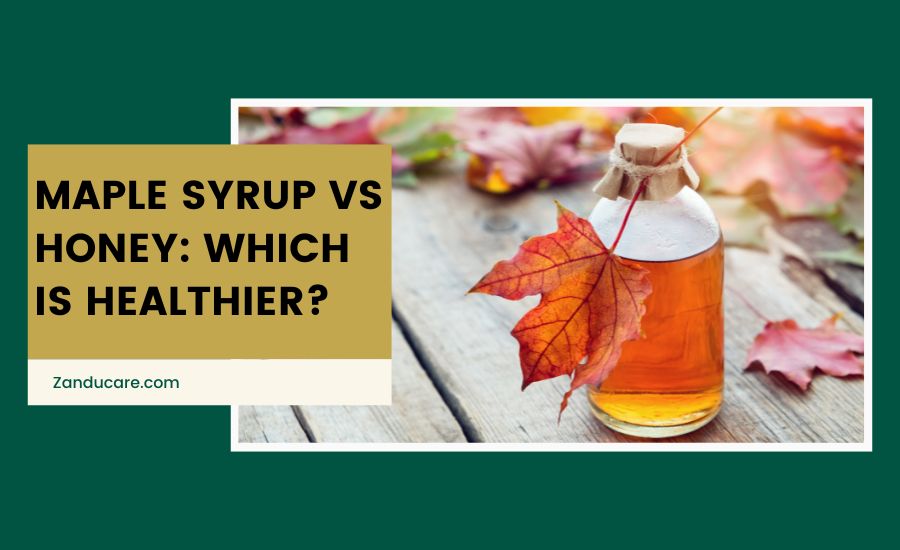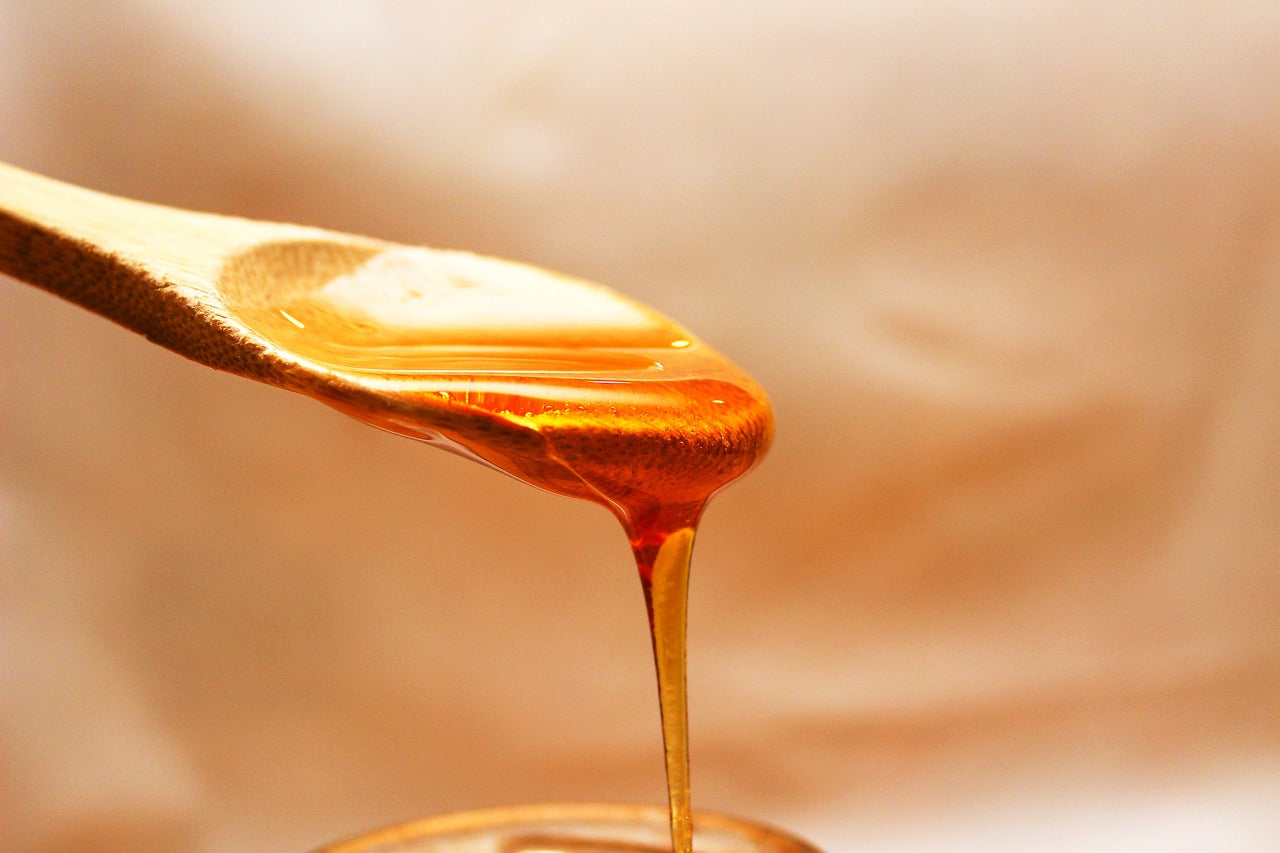
4 Steps to Check Purity of Honey at Home
Honey, often referred to as the golden elixir, has adorned our tables for centuries, celebrated for its luscious flavour and potential health advantages. Known as Madhurasa, it has found a place in nearly every household, often serving as an alternative to sugar. Beyond its culinary use, honey also holds significance in worship rituals and the preparation of Panchamrit. However, not all honey shares the same qualities.
The term "pure honey" can be misleading, as it doesn't necessarily guarantee authenticity. This is unlike the stringent labelling standards observed in the case of genuine manuka honey.
Reputable honey brands undergo rigorous testing, scrutiny, and certification by independent laboratories.Due to the soaring global demand for honey and limited testing, regular honey has become one of the most counterfeited food items in the world.
In this guide, we will walk you through key indicators of impure honey, how to conduct home tests on your honey, and what traits in honey brands signify genuine purity. By the end, you will have the confidence to discern whether honey is truly pure.
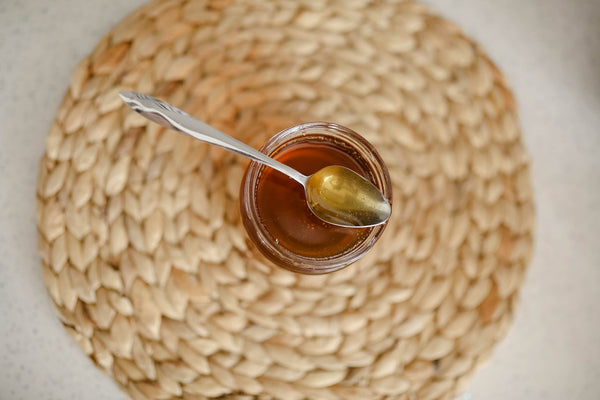
Source: Image by Melike Benli on Pexels
What is Pure Honey?
A label that reads "pure honey" indicates that you're receiving 100% honey without any additional ingredients, like corn syrup, which is occasionally mixed into commercial honey to cut costs. However, the term "pure" honey alone doesn't necessarily provide insights into its specific variety or production methods.
It's advisable to seek additional information to ensure that you're not only getting genuine honey but also considering factors like the variety and eco-friendly beekeeping practices that can maximize the benefits of honey while supporting bees and the environment.
What are the Adulterants Present in Honey?
Honey adulteration involves the use of inexpensive substances that can evade laboratory testing parameters. In India, common adulterants include:
- Molasses: This thick and dense sugarcane juice, when boiled, results in a turbid and dark solution that mimics the sweetness of honey.
- Liquid glucose: A glossy and thick solution frequently used in the confectionery and baking industry, it is cost-effective and readily available in the market.
- Invert sugar: A shiny and dense liquid produced through the processing of refined sugar.
- High glucose corn syrup (HFCS): This syrup is derived from sweetcorn processing and shares a similar composition and consistency with honey.
- Rice syrup: Produced during rice processing, it stands out as one of the most commonly used honey adulterants worldwide.
3 Signs That Your Honey Isn't Pure
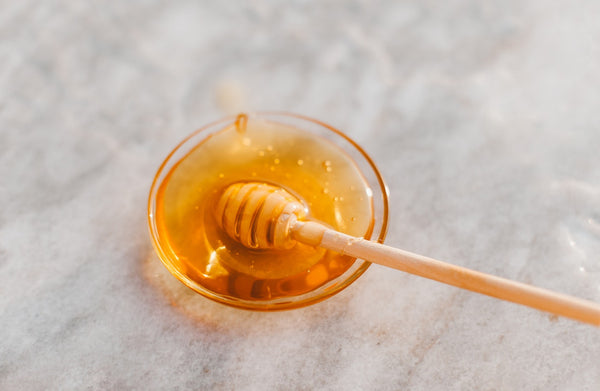
Source: Image by ROMAN ODINTSOV on Pexels
To distinguish between pure and adulterated honey, keep an eye out for these indicators. While they are not infallible, they serve as warning signs for honey that may have been tampered with.
- It's Unusually Runny: Although honey may become more liquid when warmed, it should not exhibit an excessively thin consistency.
- It Doesn't Crystallize: Crystallization is a natural occurrence that affects the sugars in pure honey. It often serves as a positive indication of a genuine product. However, it's important to emphasize that not all pure honey undergo crystallization.
- It's Overly Sweet: Adulterated honey might include added sweeteners, while pure honey typically possesses a more authentic, natural flavour. However, it's essential to note that this flavour distinction can vary among different types of honey, so it alone is not a completely reliable indicator of purity.
How to Check if Honey is Pure or Adulterated?
As the demand for honey continues to rise and companies seek higher profits, many engage in the unethical practice of adulterating honey with less expensive substitutes. This adulterated honey undoubtedly lacks the health benefits associated with pure or raw honey.
Due to the absence of noticeable physical distinctions between pure and adulterated honey, evaluating its purity becomes an exceedingly challenging task. To address this concern, there are specific home and laboratory tests available for determining the authenticity of honey.
- The Thumb test: Take a small amount of honey and apply it to your thumb. Observe whether it flows like a typical liquid; if it does, your honey is likely not genuine. Authentic honey is expected to have a thick consistency and should not drip easily.
- Water Test: Place a spoonful of honey into a glass of water, and if your honey dissolves in the water, it is likely counterfeit. Authentic honey, characterized by its thick texture, should settle at the bottom of the cup or glass without readily dissolving.
- Vinegar Test: Combine a few drops of honey with vinegar-infused water, and if the mixture begins to foam, it's an indicator that your honey may be counterfeit.
- The Heat Test: Honey is non-combustible. To conduct the heat test, dip a matchstick into honey and attempt to ignite it. If it catches fire, it suggests that your honey may have been adulterated.
Also check:
Tips to Buy Pure Honey Online
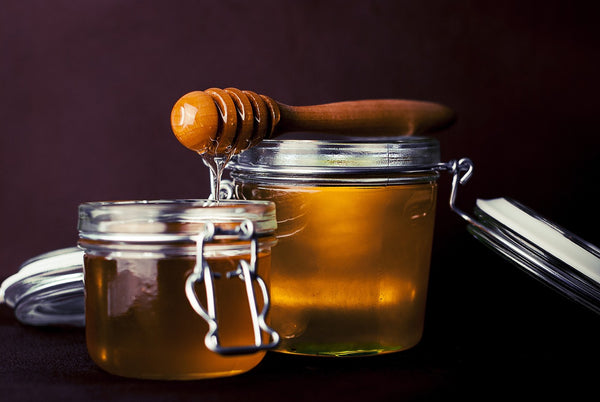
Source: Image by Pixabay
Following are some checklists to consider when looking for pure honey:
1. Know Your Honey Terms
When you're in the market for quality honey, it's important to be familiar with several terms. Some of these hold genuine significance, while others are primarily marketing tactics. To begin, it's advisable to seek out raw honey, as it hasn't undergone pasteurization or filtration processes, retaining the highest levels of natural pollens.
2. Read the Labels
Honey can sometimes be deceptive, underscoring the significance of scrutinizing product details when seeking high-quality honey. This is why it's essential to carefully read the fine print on the back of the label.
Furthermore, some honey is labelled as "organic," which might appear exceptionally healthy. In fact, it may undergo pasteurization and filtration processes that strip away beneficial pollens. By examining the information on the back of the label, you can uncover these details.
3. Investigate the Source
The source of your honey matters, whether it originates from a dedicated small-scale beekeeper. Generally, honey from individual or family farms tends to maintain the highest quality standards, resulting in superior honey.
However, it's advisable to conduct thorough research on your sources. It helps to ensure that they live up to their apparent quality and integrity.
4. Understand Honey Types
The variety of flowers that bees collect nectar from significantly influences the ultimate flavour of honey. Beyond the floral sources, it's also valuable to gain some insight into honey grades.
Grade A honey typically exhibits a deep colour and the most intense flavour. In contrast, grade B falls in the middle in terms of both colour and taste. Grade C is the lightest in both aspects.
Familiarizing yourself with these distinct honey grades will simplify the process of buying good honey to suit your preferences and requirements.
Conclusion
To sum up, honey is a commonly used culinary ingredient found in households throughout India, prized for its therapeutic attributes. You can incorporate it into daily routines by adding it in water or to various dishes as a natural sweetener.
However, the escalating issue of honey adulteration has made it increasingly challenging to procure genuinely pure honey. It's advisable to examine the quality of the honey in your pantry using the tips mentioned above. Opt for honey that passes these purity tests to reap the health benefits it offers fully.




